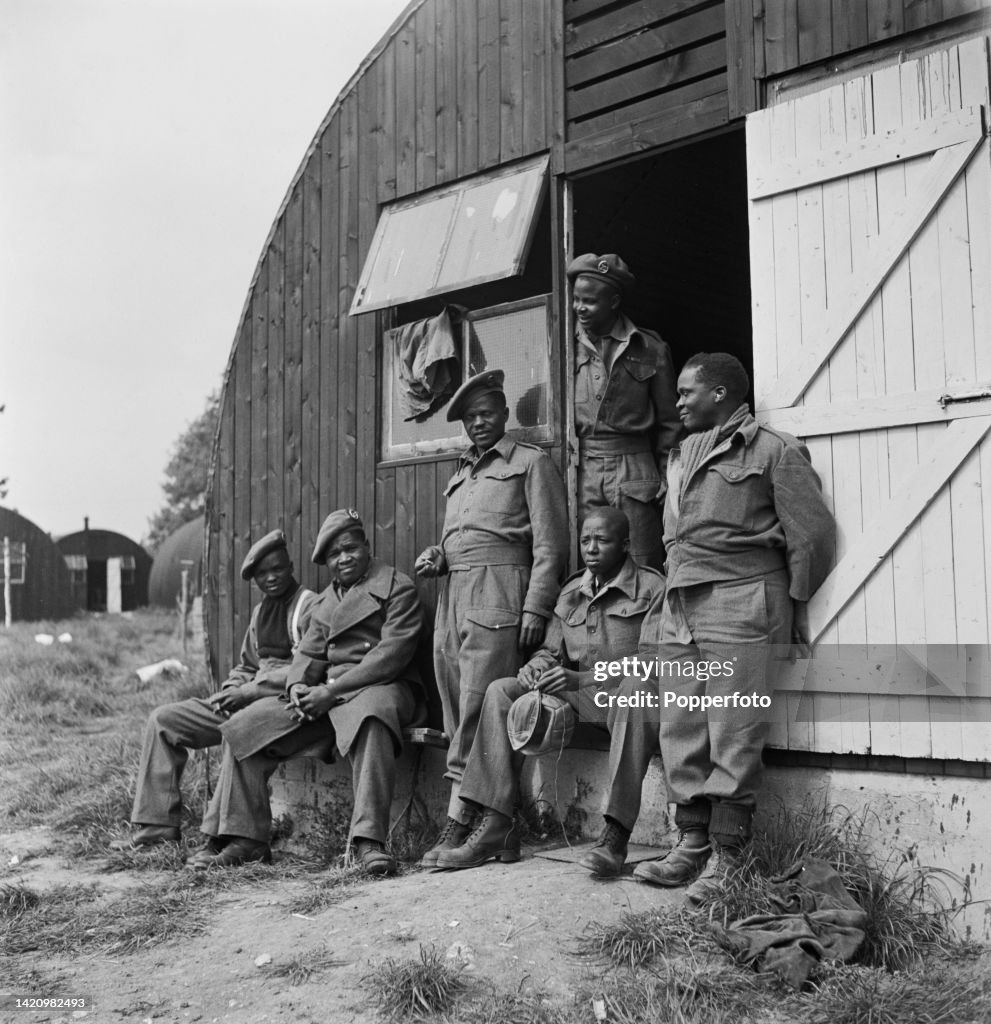Military history of South Africa during World War II - Wikipedia. New Weapon Suggestions - Commonwealth  . Another South African design was the Francis carbine. Howard Francis of Simonstown designed a blowback-operated SMLE conversion in 1943, chambered for the 7.63x25mm pistol cartridge. It was a strange little gun that was equivalent in concept to the US M1 Carbine. It measured only 32 inches and weighed about 8lbs. The gun was submitted to the Board of Ordnance in Britain and tests were arranged for the gun in January 1944. It performed very poorly, with the feeding system completely failing, meaning each round had to be manually chambered. On top of that, accuracy was poor. The Francis carbine was rejected without recommendations for improvements.
. Another South African design was the Francis carbine. Howard Francis of Simonstown designed a blowback-operated SMLE conversion in 1943, chambered for the 7.63x25mm pistol cartridge. It was a strange little gun that was equivalent in concept to the US M1 Carbine. It measured only 32 inches and weighed about 8lbs. The gun was submitted to the Board of Ordnance in Britain and tests were arranged for the gun in January 1944. It performed very poorly, with the feeding system completely failing, meaning each round had to be manually chambered. On top of that, accuracy was poor. The Francis carbine was rejected without recommendations for improvements. .
![[Photo] Troops of the South African 1st Infantry Division celebrating ...](https://th.bing.com/th/id/R.554614fca8028adea9f3a6a19bc08fe5?rik=Ett7qPy4CusWJA&riu=http%3a%2f%2fww2db.com%2fimages%2fbattle_eastafrica2.jpg&ehk=arJvrS%2fhtbIQItFEP7iZ1IxuiohtT2xccjcpads5Px0%3d&risl=&pid=ImgRaw&r=0) . .: South Africa and WW2-The Forgotten Army . Gallant & Heroic: The South African Contribution to World War II
. .: South Africa and WW2-The Forgotten Army . Gallant & Heroic: The South African Contribution to World War II
Native Military Corps - Wikipedia. 

 siege of Tobruk. And that was it. Major-General KIopper formally surrendered with 32,000 men, including 10,722 South Africans of the 2nd Infantry Division, of whom 1,200 were members of the Native Military Corps, and all the British and Commonwealth units under his command. Of the two South African Infantry Divisions in the North African combat zone of operations, one entire division (literally half of the South African Army’s fighting force in North Africa) went into captivity. This and thousands of tonnes of resources – the Germans captured 2,000 tons of fuel, 5,000 tons of provisions, 2,000 vehicles and large stockpiles of ammunition – the situation now for the Allies in North Africa was a very grim one indeed. After the war, most of the Charlton conversions were put into storage in a military depot in Palmerston, which was later destroyed in a fire, taking most of the Charlton guns with it. Now only a few survive today and are mostly museum pieces.
siege of Tobruk. And that was it. Major-General KIopper formally surrendered with 32,000 men, including 10,722 South Africans of the 2nd Infantry Division, of whom 1,200 were members of the Native Military Corps, and all the British and Commonwealth units under his command. Of the two South African Infantry Divisions in the North African combat zone of operations, one entire division (literally half of the South African Army’s fighting force in North Africa) went into captivity. This and thousands of tonnes of resources – the Germans captured 2,000 tons of fuel, 5,000 tons of provisions, 2,000 vehicles and large stockpiles of ammunition – the situation now for the Allies in North Africa was a very grim one indeed. After the war, most of the Charlton conversions were put into storage in a military depot in Palmerston, which was later destroyed in a fire, taking most of the Charlton guns with it. Now only a few survive today and are mostly museum pieces.
Also developed in 1941 was the Rieder conversion from South Africa. The designer, Henry J. Rieder, was a radio and television repairman by trade but in 1940 he decided to lend his services to the war effort. He completed 18 prototype SMLE conversions that were gas-operated and fully removable. The conversion did not involve replacing or modifying the bolt in any way and was simply fixed onto the gun from a drilled port in the barrel. The gas tube contained a guide rod and three coiled return springs for rapid firing at 250rpm. Like the Charlton, modified Bren magazines were usable.
The Rieder gun elicited the interest of the Board of Ordnance and the 18 samples were shipped over to Britain for testing. The conversion functioned well but was prone to overheating in full-automatic fire. However, there was no consideration for official military adoption and the concept was rejected.
A Rieder conversion on display at the South African National Memorial in Delville Wood.
The Rieder in testing, mounted on a tripod arrangement.

